tumor
Latest
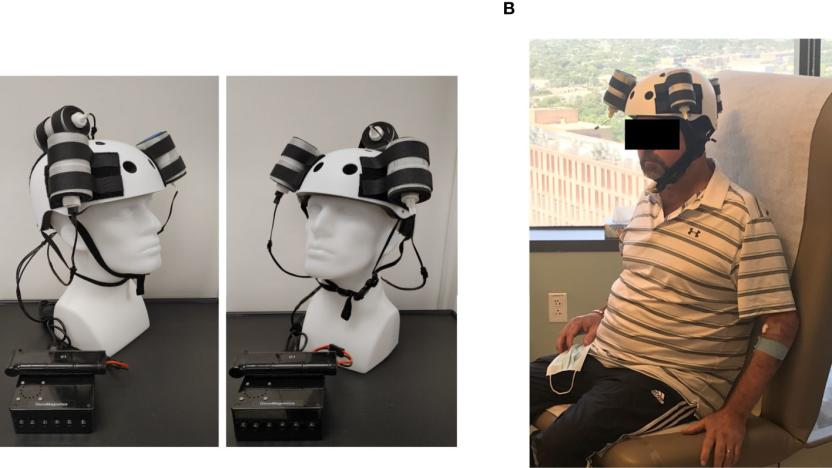
A magnetic helmet shrunk a deadly tumor in world-first test
Scientists have created a helmet that uses magnetic therapy to reduce deadly brain tumors.
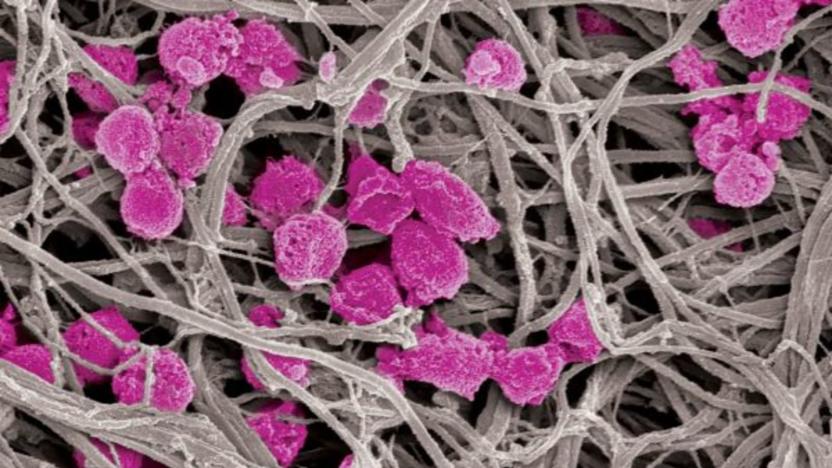
Scientists design 'decoy platelets' that reduce risk of blood clots
Heart disease, stroke, sepsis and cancer are incredibly serious conditions which together cause the greatest number of deaths around the world. They're unique illnesses, but they have something in common -- they're all associated with activated platelets, which play an important role in healing, but for some can also contribute to dangerous blood clots and tumors. Now, scientists think they've found a way to mitigate the risks associated with these platelets, thereby "outsmarting" the catalyst for these diseases.
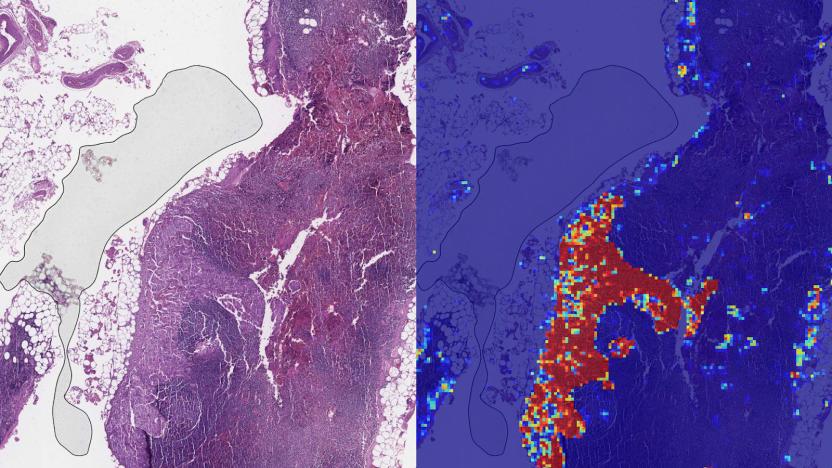
Google AI can spot advanced breast cancer more effectively than humans
Google has delivered further evidence that AI could become a valuable ally in detecting cancer. The company's researchers have developed a deep learning tool that can spot metastatic (advanced) breast cancer with a greater accuracy than pathologists when looking at slides. The team trained its algorithm (Lymph Node Assistant, aka LYNA) to recognize the characteristics of tumors using two sets of pathological slides, giving it the ability to spot metastasis in a wide variety of conditions. The result was an AI system that could tell the difference between cancer and non-cancer slides 99 percent of the time, even when looking for extremely small metastases that humans might miss.
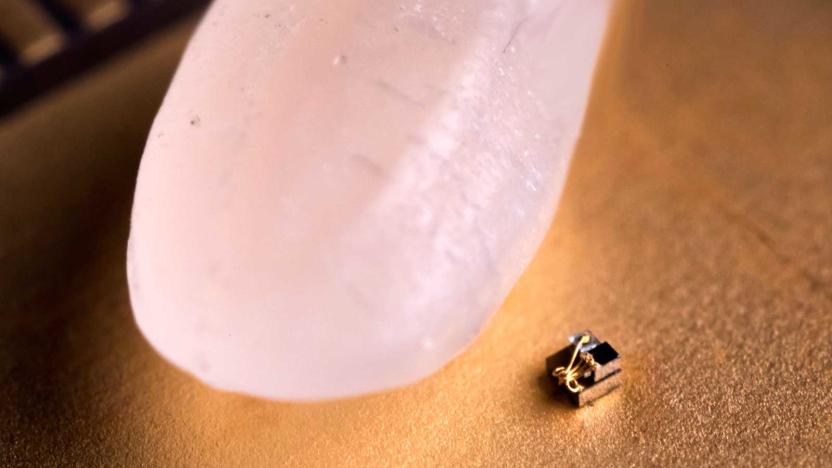
World's tiniest 'computer' makes a grain of rice seem massive
You didn't think scientists would let IBM's "world's smallest computer" boast go unchallenged, did you? Sure enough, University of Michigan has produced a temperature sensing 'computer' measuring 0.04 cubic millimeters, or about a tenth the size of IBM's former record-setter. It's so small that one grain of rice seems gigantic in comparison -- and it's so sensitive that its transmission LED could instigate currents in its circuits.

Speedy AI image analysis could help doctors during surgery
Right now, comparing 3D medical scans is a pain -- it can take two hours or more to see what's changed. And that spells trouble for surgeons, who may have to bring patients back to the operating room if a tumor removal wasn't a complete success. Thankfully, AI technology may eliminate that hassle. An MIT-led research team has crafted a machine learning algorithm that can analyze 3D scans up to 1,000 times faster than before, making it possible to study changes almost in real time -- less than a second on a PC with a fast graphics card.
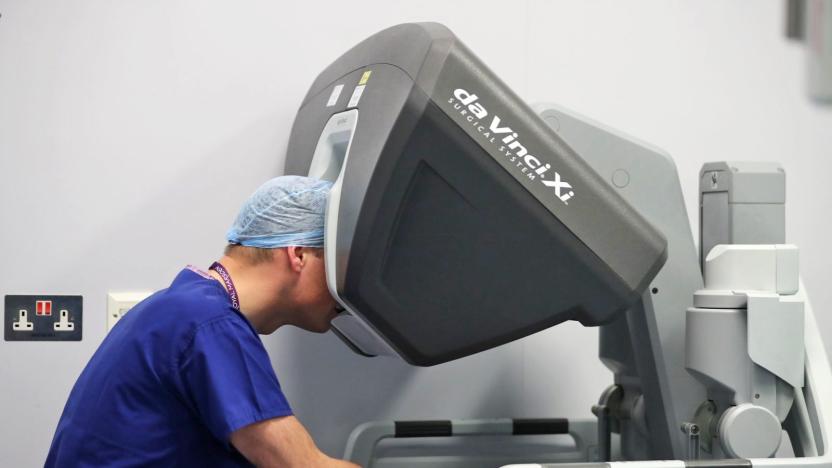
Penn doctors perform the first robot-assisted spinal surgery
Surgical robots are capable of feats that even the most skilled doctors can't manage, and the University of Pennsylvania just offered a textbook example. The school has confirmed that it performed the first-ever robot-assisted spinal surgery, using Da Vinci's robotic arms to remove a rare tumor where patient Noah Pernikoff's spine met his skull. The two-day operation, which took place in August 2017, started with neurosurgeons preparing the spine using ultrasonic cuts, and then brought in the robot to clear a path for removing the tumor through Pernikoff's mouth (you can see a slightly graphic illustration below). The team then used some of Pernikoff's own bone to reconstruct the spinal column section they'd removed.

Medicare now covers gene sequencing for patients with advanced cancer
Patients with advanced cancer will soon have access to more personalized treatment plans because Medicare will now cover genetic tests that sequence tumor cell DNA and help healthcare providers determine treatment strategies. As Wired reports, the Centers for Medicare & Medicaid Services (CMS) announced that for Medicare-enrolled patients with recurrent, metastatic, relapsed, refractory or stages III or IV cancer, such FDA-approved tests will be covered by their insurance. And since other insurance companies tend to take their cues from CMS, privately-insured patients will likely get similar coverage soon as well.
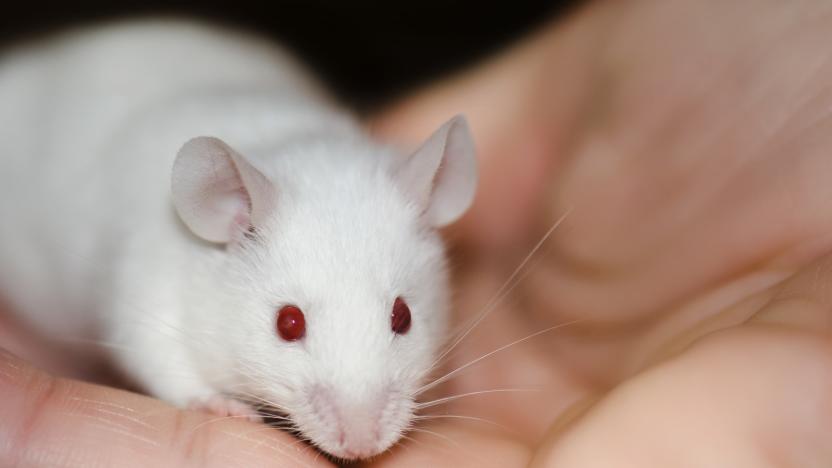
Researchers use nanorobots to kill tumors in mice
Our current methods of fighting malignant tumors are wildly inadequate. Chemotherapy and radiation treatments, while sometimes successful, come with massive side effects, mainly because every other cell in the body is also getting bombarded with chemicals and radiation even though the main targets are the tumor cells. Finding a way to specifically target tumor cells while leaving healthy cells alone is something that many researchers are working towards and a new study out today demonstrates that nanorobots made out of DNA could be an effective option.

Researchers use sperm to deliver cancer drugs to tumors
Chemotherapy has a lot of terrible side effects and that's partly because the drugs being used to fight cancer also attack healthy cells. Figuring out a way to deliver drugs to tumors without affecting healthy tissue is a challenge and a problem that researchers are trying to solve. One group working on this problem, New Scientist reports, is a team at the Leibniz Institute for Solid State and Materials Research Dresden and in a recent study, they showed that sperm could be turned into an effective drug delivery tool.
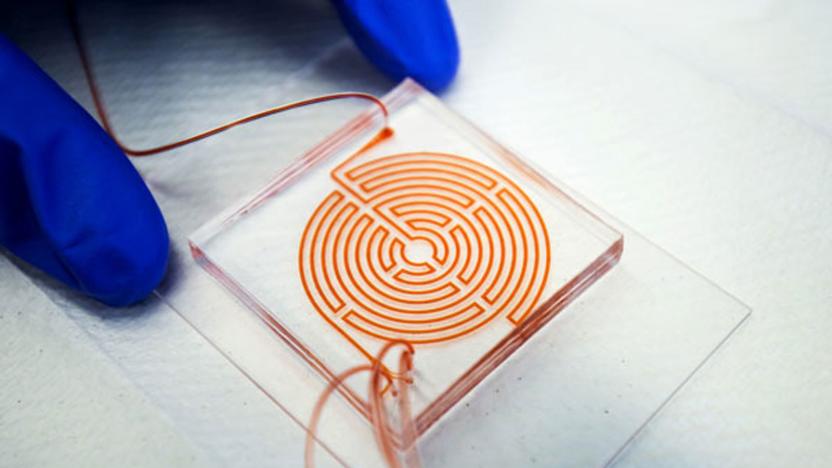
Maze-like chip helps spot aggressive cancer cells
It's difficult to spot cancer cells -- just one in a billion blood cells are cancerous. How do you isolate them to know the trouble someone is facing and eventually treat it? By drawing the kind of mazes you enjoyed as a kid, apparently. Researchers have developed a microfluidic chip that uses a circular labyrinth to separate cancer cells from the rest of your bloodstream and spot the stem-like cells that will aggressively spread that cancer. Ultimately, it's a creative use of physics. The curves tend to push larger cancer cells forward (smaller regular cells cling to the walls), while the corners mix things up and put white blood cells in an ideal position.
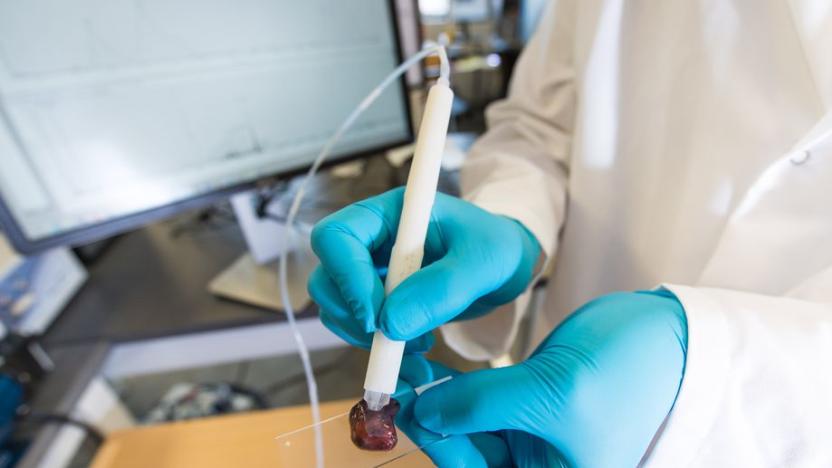
This pen can determine whether tissue is cancerous in ten seconds
When surgeons are removing a tumor from a patient, determining whether they have taken out all of the cancerous cells or if they should extract more tissue is a problem they all face. Typically, the margins of a tumor are assessed after the surgery is completed and if it looks like some cancer was left behind, another surgery might be in order. So, developing a way to test tissue for cancerous cells in real-time would be incredibly useful for both surgeons and patients. In a study published this week in Science Translational Medicine, researchers present a device that does just that.

Scientists could use Zika to fight brain cancer in the future
While Zika is known for causing birth defects like microcephaly and brain damage, it turns out the virus might also serve a very useful purpose -- fighting brain cancer. In a study published today in The Journal of Experimental Medicine, researchers show that Zika can actually take on a very hard to treat type of brain cancer.
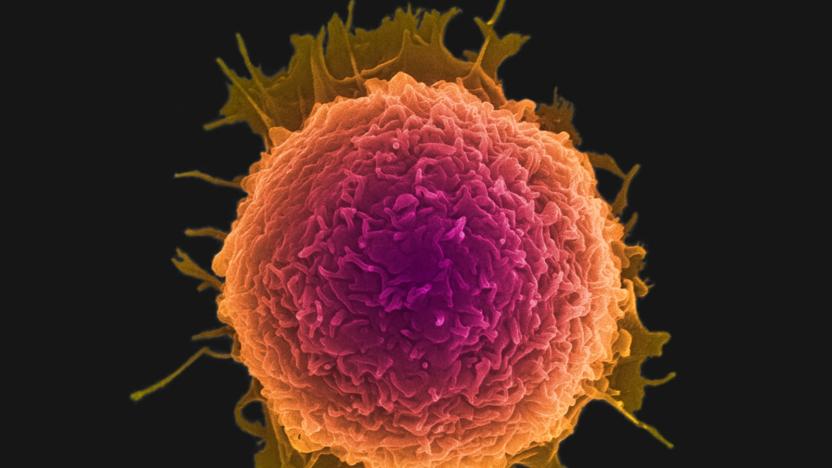
Nano-sized discs teach your body to fight cancer
In the future, getting customized cancer treatments might just be a matter of injecting virtually invisible discs into into your body. University of Michigan scientists have had early success testing 10nm "nanodiscs" that teach your body to kill cancer cells. Each disc is full of neoantigens, or tumor-specific mutations, that tell your immune system's T-cells to recognize those neoantigens and kill them. When you pair them up with immune checkpoint inhibitors (which boost the T-cells' responses), they can not only wipe out existing tumors, but prevent them from reemerging later.

Microsoft hopes AI will find better cancer treatments
Google isn't the only tech giant hoping that artificial intelligence can aid the fight against cancer. Microsoft has unveiled Project Hanover, an effort to use AI for both understanding and treating cancers. To begin with, the company is developing a system that would automatically process legions of biomedical papers, creating "genome-scale" databases that could predict which drug cocktails would be the most effective against a given cancer type. An ideal treatment wouldn't go unnoticed by doctors already swamped with work.

Scientists find a way to make cells respond to stimuli
Through the use of synthetic biology researchers have been able to program cells to perform unique functions, like produce drugs in response to disease markers. In order to create more complex cellular circuits, several MIT engineers have now found a way to program cells to respond to a series of events.

FDA halts Juno's gene-altering cancer trials after three deaths
The Food and Drug Administration has temporarily halted a cancer-treating study after three patients died of swelling in the brain. Biopharmaceutical company Juno Therapeutics had been testing an experimental method known as CAR-T to treat tumors, but it's unclear if trials will continue.

See the unusual way cancer cells spread
In many ways, the biggest problem with fighting cancer is containing it: you may kill the main tumor site, but there's a real chance that it'll spread and reemerge as a threat. At last, though, scientists have a better understanding of how that migration happens. British researchers have learned that cancer cells invoke an unusual survival mechanism when they start to float through the body. Proteins on the cell surface (integrins) switch from their usual role, adhesion, to internal signalling that has the rest of the cell protect itself against death. The cancer is steeling itself for the journey, in other words.

Researchers use light and genes to fight cancer
Scientists have already shown that you can use optogenetics (that is, light-sensitive genes and cells) to treat all kinds of medical conditions. However, it now looks like that technique could conquer one of humanity's biggest nemeses: cancer. Tufts University researchers have successfully used optogenetics to prevent and even reverse tumor growth in experiments. They injected frog embryos with genes that produced light-sensitive ion channels in tumor cells; when you expose those tumors to blue light for long enough (roughly a day) and adjust their electrical signals, they go away.

High-tech scalpel makes brain surgery less risky
The "smart scalpel" developed by a researcher named David Oliva Uribe in Brussels, Belgium doesn't look or even work like a conventional scalpel. It has no edge, has a sensor-rich sphere at the tip, and instead of having the capability to cut people open, it can differentiate between cancerous tumors and normal brain tissue. A surgeon simply has to swipe it across the brain's surface to get a visual or an auditory result about the tissue's status in half a second. The tool's especially useful when locating early stage tumors, which still look similar to healthy tissue.

Doctors grow tumors that roll up like toilet paper
Modern medicine still takes a decidedly ham-fisted approach to treating cancer -- it attacks with radiation and chemotherapy drugs that are just as toxic to healthy tissues as they are to tumors. What's more the effects of these treatments vary between patients. However, a novel (albeit gag-inducing) new research method from the University of Toronto hold the key to personalizing oncology: 2D tumors grown from the patient's own genetic material.







